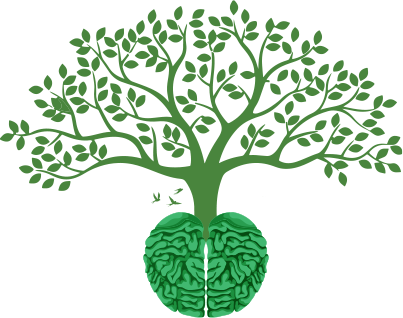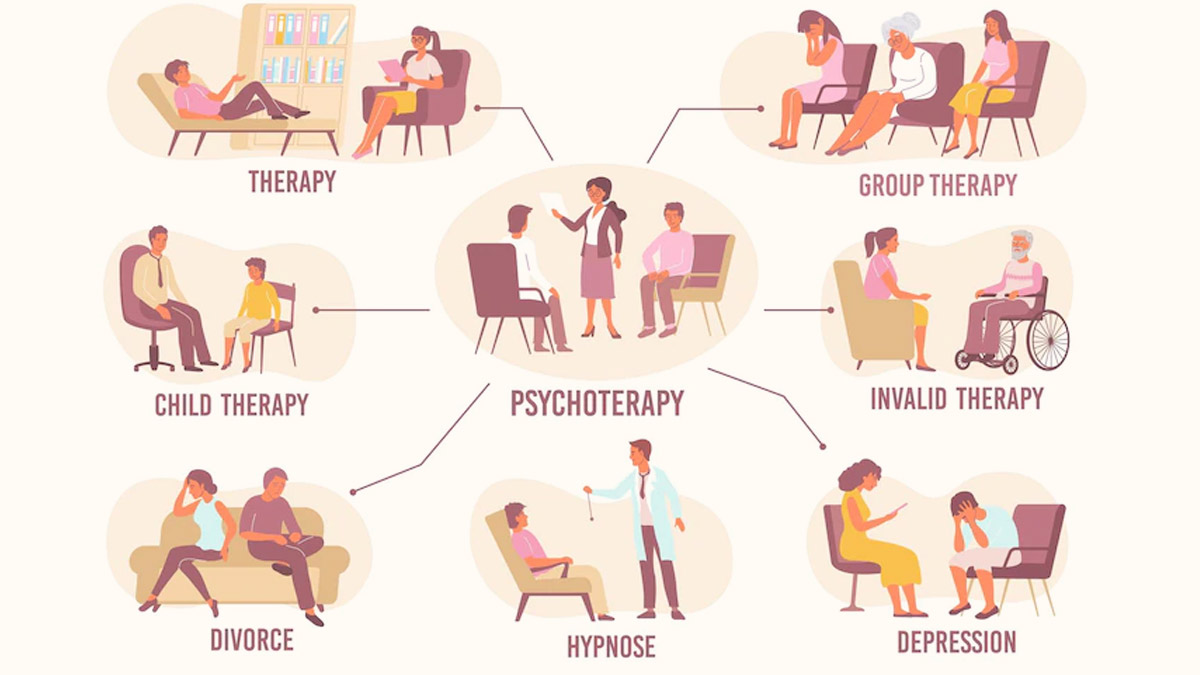
When you’re struggling with anxiety, depression, burnout, or relationship challenges, the idea of starting therapy can be both hopeful and daunting. One of the most common questions people ask when considering therapy is: How long before I start feeling better?
Table of Content:-
CHECK YOUR
MENTAL HEALTH

In an exclusive interaction with the editorial team of Onlymyhealth, Dr Shrey Kumar Srivastava, Consultant and Physician at Sharda Hospital—Noida, gave the short answer: "It depends." But understanding the typical timelines, factors that influence progress, and what you can do to make the most of therapy can help set clear expectations and increase your chances of real, lasting change. Here is everything he shared with us!
The Numbers: What Research Says About Therapy Timelines
According to studies from the American Psychological Association and the Journal of Counseling Psychology, many people begin to experience some improvement after just 6 to 12 sessions. Significant change—such as improved mood, coping skills, and relationship patterns—often occurs between 12 to 20 sessions.
This may vary depending on:
The type of therapy (like cognitive-behavioral therapy vs. psychodynamic therapy)
The issue being addressed
The frequency of sessions
Your engagement in the process (including doing “homework” or practicing skills between sessions)
Also Read: What Makes Patanjali Yoga a Powerful Tool For Managing Modern-Day Stress

Common Therapy Timeframes by Goal
1–5 Sessions: Immediate Support
If you're in crisis or need help navigating a specific situation—like a breakup, job loss, or grief—just a few sessions can offer relief and practical strategies. These are often short-term, solution-focused approaches.
6–12 Sessions: Targeted Interventions
Cognitive Behavioral Therapy (CBT), one of the most research-backed approaches, typically runs about 8–12 sessions. It’s especially effective for anxiety, mild to moderate depression, and phobias. You’ll likely start seeing shifts in thinking patterns and behaviors within this range.
12–20 Sessions: Deepening Insight & Lasting Change
When therapy goals are more complex—like building self-esteem, healing trauma, or improving relationship dynamics—it often takes more time. Around the 3- to 5-month mark (with weekly sessions), many clients experience breakthroughs that go beyond symptom relief.

Also Read: Can Weight Changes Affect Your Menstrual Cycle? Find Out From The Expert
Ongoing Therapy: Long-Term Growth
For those exploring long-standing patterns, identity work, or processing deep trauma, therapy may extend over many months or even years. This isn't a sign of failure—it’s often a powerful investment in sustained mental and emotional wellness.
What Affects Your Progress?
Even within standard timeframes, everyone’s journey is unique. Here are some variables that play a major role:
Therapist fit: Feeling safe, respected, and understood can accelerate healing.
Consistency: Regular attendance (ideally weekly) builds momentum.
Outside support: Supportive friends, healthy routines, and self-care can complement therapy.
Willingness to explore: Clients who are open, curious, and willing to challenge themselves often see faster results.
How to Know If Therapy Is Working
It’s not just about feeling better—it’s also about functioning better. Ask yourself:
Am I coping better than I was before?
Do I understand myself more deeply?
Are my relationships improving?
Am I making choices that align with my values?
Therapy progress isn’t always linear. You might feel worse before you feel better, especially when unpacking painful experiences. But consistent steps forward—even small ones—are signs that things are shifting.
Bottomine
Therapy isn’t a quick fix, but it also doesn’t have to take forever. Many people feel better within a few months, and even brief interventions can make a significant difference. The key is to set clear goals with your therapist, track your progress, and stay engaged in the process.
If you’re still wondering if therapy is “worth it,” consider this: Investing in your mental health is one of the most powerful things you can do—for yourself and for everyone around you.
Also watch this video
How we keep this article up to date:
We work with experts and keep a close eye on the latest in health and wellness. Whenever there is a new research or helpful information, we update our articles with accurate and useful advice.
Current Version